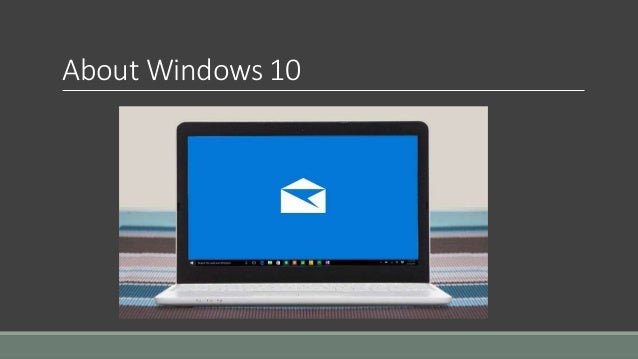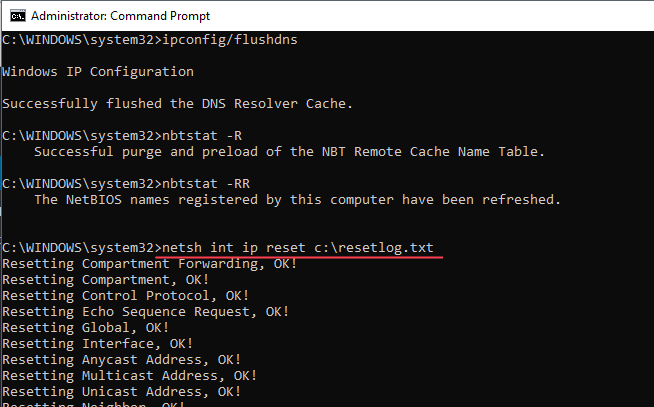

The result should show the "A" record results. NOTE: It is important to use the -server switch followed by the DNS Server name/IP address.
#Windows r r windows
Replace #.#.#.# with the FQDN or IP address of the Windows 2012 DNS Server hosting the signed zone.) (Replace with a FQDN of a valid host in the zone being validated. Open the Windows PowerShell prompt on the Windows 2012 DNS server being configured/reviewed. Log on to the Windows 2012 DNS server using the account designated as Administrator or DNS Administrator. Validate this check from the Windows 2012 DNS server being configured/reviewed. Note: This check is Not applicable for Windows 2012 DNS Servers that only host Active Directory integrated zones or for Windows 2012 DNS servers on a Classified network. Microsoft Windows 2012 Server Domain Name System Security Technical Implementation Guideĭetails Check Text ( C-16810r314323_chk )

Without path validation and a chain of trust, there can be no trust that the data integrity authenticity has been maintained during a transaction. Path validation is necessary for a relying party to make an informed trust decision when presented with any certificate not already explicitly trusted. In DNS, a trust anchor is a DNSKEY that is placed into a validating resolver so the validator can cryptographically validate the results for a given request back to a known public key (the trust anchor).Īn example means to indicate the security status of child subspaces is through the use of delegation signer (DS) resource records in the DNS. A certification path starts with the subject certificate and proceeds through a number of intermediate certificates up to a trusted root certificate. When there is a chain of trust, usually the top entity to be trusted becomes the trust anchor. It is used in the context of public key infrastructures, X.509 digital certificates, and Domain Name System Security Extensions (DNSSEC). In DNS, trust in the public key of the source is established by starting from a trusted name server and establishing the chain of trust down to the current source of response through successive verifications of signature of the public key of a child by its parent.Ī trust anchor is an authoritative entity represented via a public key and associated data. Applications other than the DNS, to map between host/service names and network addresses, must provide other means to assure the authenticity and integrity of response data. DNS resource records are examples of authoritative data. Digital signatures and cryptographic keys are examples of additional artifacts. Each parent domain's DS record is used to verify the DNSKEY record in its sub domain, from the top of the DNS hierarchy down.Ī DNS server is an example of an information system providing name/address resolution service. These records are crucial to the DNSSEC chain of trust model. With DNS, the presence of Delegation Signer (DS) records associated with child zones informs clients of the security status of child zones.

If name server replies are invalid or cannot be validated, many networking functions and communication would be adversely affected.


 0 kommentar(er)
0 kommentar(er)
